I’ll Represent You In Court :)

I’ll represent you in court :)
More Posts from Deluded-wanderer and Others
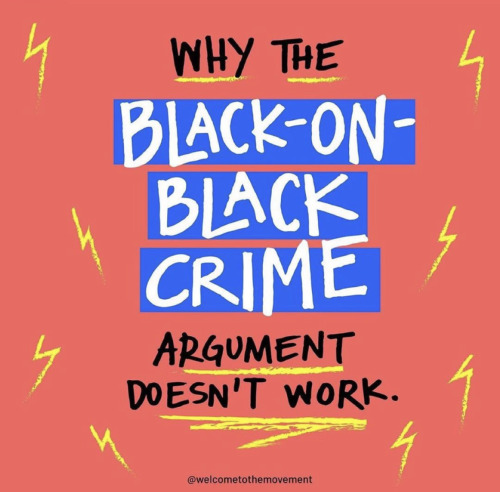
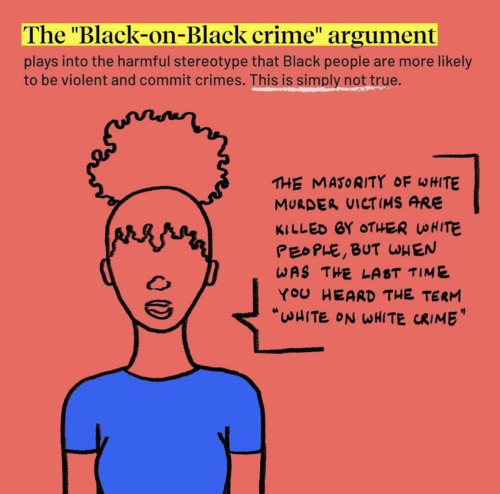
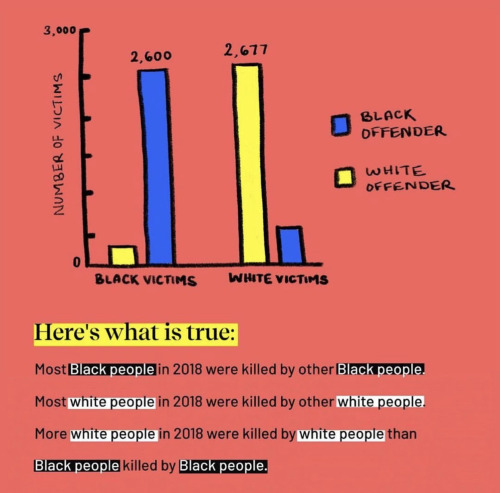
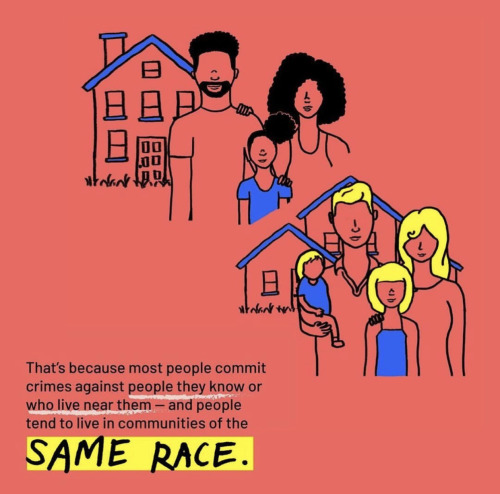
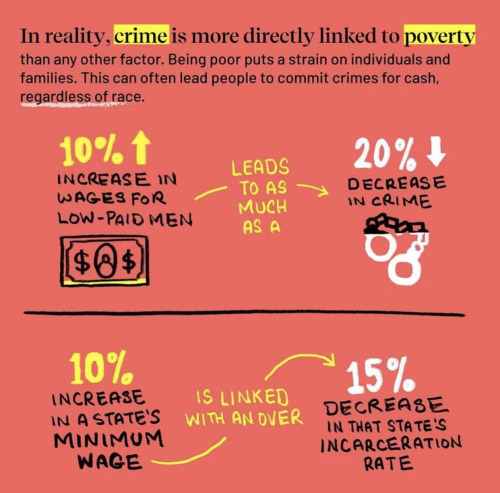
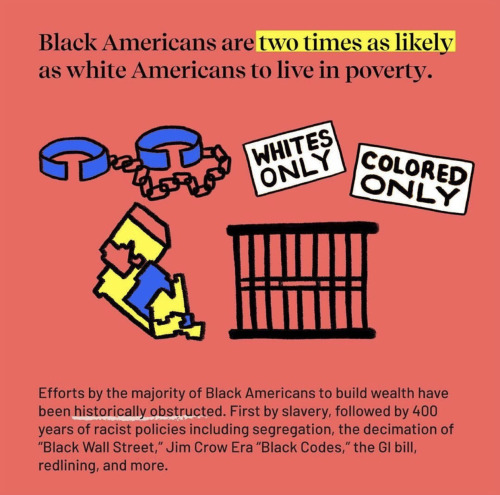
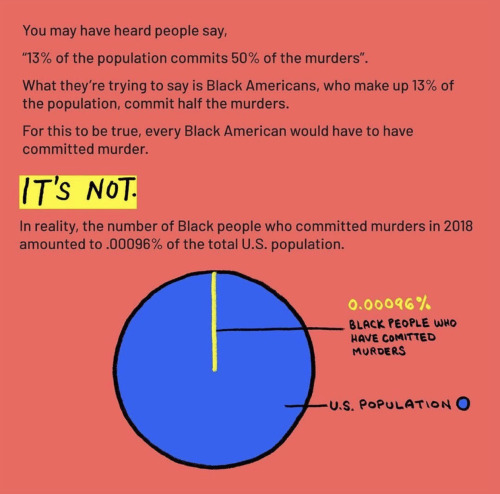
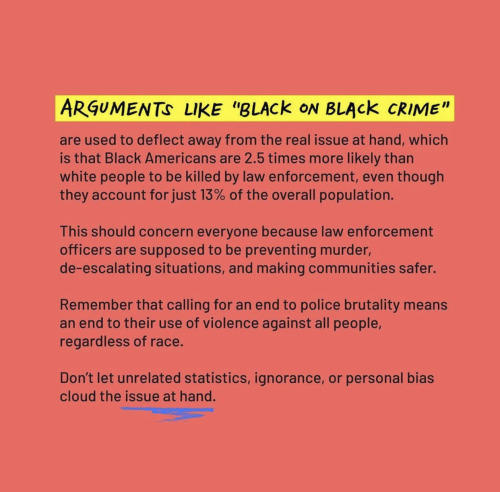
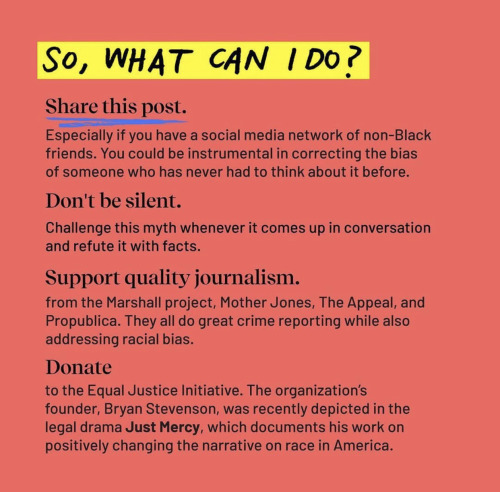
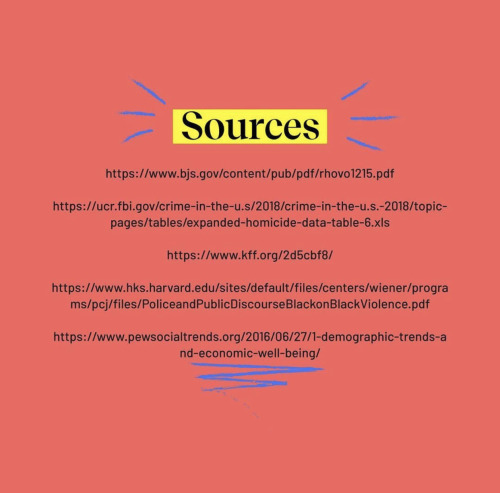
Black-on-Black crime is merely a deflection from the real problems at hand. End of story.
Stay safe and educate! ✊🏽
Follow @bfpnola for more and check our bio for over 200 free social justice and mental health resources!










MBTI & Scientists Janna Levin: ENTP
“Janna J. Levin (born 1967) is an American theoretical cosmologist and a professor of physics and astronomy at Barnard College. (…)
She researches black holes, the cosmology of extra dimensions, and gravitational waves in the shape of spacetime. In addition she is the director of sciences at Pioneer Works.
Levin is the author of the popular science book How the Universe Got Its Spots: diary of a finite time in a finite space.
In 2006, she published A Madman Dreams of Turing Machines, a novel of ideas recounting the lives and deaths of Kurt Gödel and Alan Turing. (…)
Her book Black Hole Blues and Other Songs from Outer Space was published in March, 2016.
The book is about the history of the Laser Interferometer Gravitational-Wave Observatory and the 2015 discovery of gravitational waves.”
Sources: video, wiki/Janna_Levin. Screencaps: transcript. Mentioned: Albert Einstein.
Im kinda afraid to ask but... jace loving cells?
oh someone sent the full quote to me hang on a sec
I’ve gotten a lot of asks about the enneagram/MBTI breakdown of likelihood, so I’m going to try to expand a bit, in no particular order. Some repetition from the original post will be here because people don’t read so saying things a bunch of times increases the chances that they’ll see it once.
One thing that is absolutely essential to understand is that enneagram cores are a zero-sum game. Which is to say: even allowing for some error bars, something like two-thirds of INTPs are type 5. That means at most a third can be any other type, so obviously no other type will be remotely as common. So I might refer to another INTP enneatype as “competing with 5″ - it can’t be super common in INTPs because it’s drowned out by the 5s. You can’t have more than 100%.
Finally: this is going to be a long post but I think it’s better to not break it up as there will be references to all types across the board and I don’t want to interlink three or nine different posts. That said I’m going to make a “diagnosis” post for people who believe they are in the “check your typing” category.
Enneagram 1 is most heavily correlated with TJs because it fits with a certain rigidity and individualization of the moral code found in lower Fi users. It is particularly common in the IxTJs, and slightly more common in SJs than NJs. It’s found in the FJs as well but less so, possibly because 1s are often very critical, and certainly because it competes with 2 in the FJs. It’s very rare in perceivers across the board because 1 requires a certain adherence to external standards found in Te or Fe to avoid corruption; it’s also associated with perfectionism which is much more commonly a judger thing.
Enneagram 2 is heavily correlated with FJs because it’s about wanting to be loved, which fits very closely with the Fe desires for approval and belonging to a group and universally understood symbols of affection. It’s also found in the high Fi users - it’s less common, but still possible for all of them. It is really not found in thinkers; when thinkers want approval from others it is almost always in the form of competency, not love through service to others. Enneagram 2 is just…heavily in line with what it means to be a feeler in MBTI and in direct conflict, for the most part, with what it means to be a thinker.
Enneagram 3, and indeed the shame triad in general, is associated heavily with how other people see you. Enneagram 3 is particularly interested in standing out from the crowd so it’s much more common in extroverts, especially TJs, with significant FJ and ExTP representation (less so in the Fi-auxes). It’s a little more common in the NJs than the SJs; my guess is both that the SJs are competing with 1 and 6, and there’s something very high Ni/ low Se about projecting a specific distinguished persona. It’s found in the introverted judgers as well, though it’s far less common. Because it’s more common in NJs than SJs and TJs than FJs, it does fall off the radar for ISFJ.
Enneagram 4 is not the same as Fi but it does correlate strongly with high Fi; high Fi is interested more in authenticity and 4 is more interested in uniqueness, but the self-expressiveness and thirst for originality and individuality end up coinciding pretty frequently. Enneagram 4 is also found in the FJs; all the FJ types have decent shame triad representation, given that Fe is interested in the response they elicit in others and frequently want approval in some form or another. It’s competing with 2 and in some cases 3, so it’s often rarer, but it does show up. 4 is very rare in thinkers but it isn’t unheard of in the ExTPs. As for why specifically ExTPs, I suspect it’s first that their feeling is decent, and unlike with lower Fi which tends to turn inward (hence enneagram 1 in IxTJs) it tends to go outward looking for approval from others. Add that to the thirst for novelty in Se or Ne, and you get a small but extant number of ExTP 4s.
Enneagram 5 is in a way analogous to 2 but for thinkers; if your response to fear is to try and back off and try to comprehend it and learn logical and factual tools, rather than seeking out other people or distracting from it, you are almost certainly a thinker, and you are much more likely to be an introvert. And so: it’s incredibly common in Ti-doms, pretty common in IxTJs, and not unheard of in the ExTJs or ENTP. It’s actually very rare in ESTPs too because it involves a withdrawal from the environment that is counter to Se-dom motivations.
Enneagram 6 is not unheard for anyone! As I’ve said elsewhere, I think trying to gather a real-world safety net of people and guidance is maybe the most fundamentally human response to fear. It’s super common. It is most common in the SJs and is the most common type overall for ISFJs.
Enneagram 7 is really highly correlated with dom Se or Ne. 7s are spontaneous and like to experience a lot of things, so this is unsurprising. As a result, 7 is less common in introverts or high Si or Ni users. It’s even more highly correlated with Se than Ne, so ISxPs are sometimes 7s, but the rest of the introverts are pretty much never 7. It’s rare in ESTJs and due to competing with 6 and 2, pretty much unheard of in ESFJs.
Enneagram 8 is much more likely in extroverts and in thinkers - most 8s are ExTxs. It’s very much about taking control of your own life within an environment, so it’s more associated with extroverted functions but particularly Se and Te. It’s also very much in conflict with dom Fi; the combination of Fi individuality and 8 independence play off the worst aspects of each other and so while it could happen, it’s really unlikely to be remotely functional as a combination.
Enneagram 9, rather like 6, is pretty universal. The one exception is Te-doms; dom Te tends to be far too forceful to mesh with the passiveness of enneagram 9. It’s an especially common enneatype for IxxPs and is pretty common among IxFJs as well.







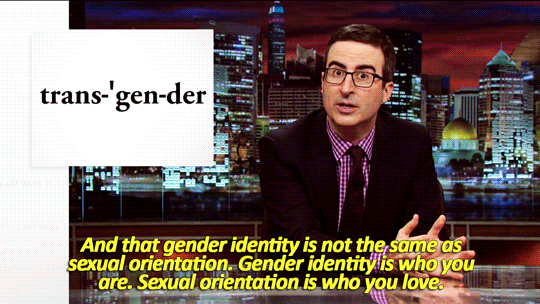



Express yourself, tell your loved ones if you're not well, otherwise they will never know.
✨🍂🎃october won't be a shit storm🎃🍂✨
✨🍂🎃october won't be a shit storm🎃🍂✨
✨🍂🎃october won't be a shit storm🎃🍂✨
✨🍂🎃october won't be a shit storm🎃🍂✨
✨🍂🎃october won't be a shit storm🎃🍂✨
✨🍂🎃october won't be a shit storm🎃🍂✨
✨🍂🎃october won't be a shit storm🎃🍂✨
like to charge, reblog to cast
MBTI & Ideas
The Soar Cognitive Architecture (John E. Laird, 2012)
“The variability and the adaptability of cognition comes from the knowledge that is encoded in a cognitive architecture.
Thus, a cognitive architecture provides the fixed processes and memories and their associated algorithms and data structures
to acquire, represent, and process knowledge about the environment and tasks for moment-to-moment reasoning, problem solving, and goal-oriented behavior.
This leads to a simple equation: architecture + knowledge = behavior. (…)
An environment, though it may be complex and dynamic, is not arbitrary.
The laws of interaction that govern the environment are constant, often are predictable, and lead to recurrence and regularity that affect the agent’s ability to achieve its goals.
There are different regularities at different time scales, which makes it possible and useful to organize knowledge about tasks, actions, and the environment hierarchically. (…)
Computation resources are limited so that an agent cannot perform arbitrary computation in the time it has available to respond to the dynamics of the environment.
Thus, an agent has bounded rationality and cannot achieve perfect rationality (or universal intelligence) in sufficiently complex environments and tasks when it has a large body of knowledge. (…)
Thus, to preserve reactivity, a cognitive architecture must constrain the types of knowledge that can be encoded and or the types of queries that can be made.
The architecture can include fixed methods for organizing its knowledge so that it can be searched quickly (relative to overall temporal scale of the agent),
possibly in bounded time, using data structures such as hash tables, heaps, or trees that avoid the exponential explosion inherent to problem-space search.”
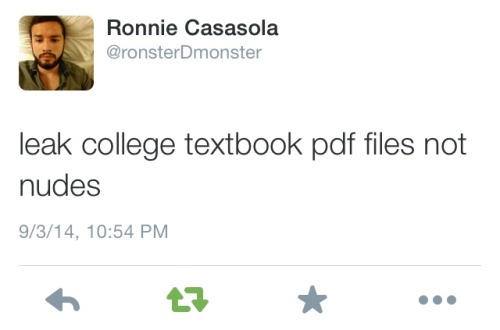
“Nobody can change who you are, except for you.”
— Jean Kwok, Girl in Translation
-
 amoooooon liked this · 3 weeks ago
amoooooon liked this · 3 weeks ago -
 tenderspectres liked this · 3 weeks ago
tenderspectres liked this · 3 weeks ago -
 brendatweakz liked this · 1 month ago
brendatweakz liked this · 1 month ago -
 lady-louve liked this · 1 month ago
lady-louve liked this · 1 month ago -
 alanangels liked this · 1 month ago
alanangels liked this · 1 month ago -
 faylenlupus liked this · 1 month ago
faylenlupus liked this · 1 month ago -
 tanukisurpreso liked this · 1 month ago
tanukisurpreso liked this · 1 month ago -
 creekystaircase liked this · 1 month ago
creekystaircase liked this · 1 month ago -
 notsoshywarlock liked this · 1 month ago
notsoshywarlock liked this · 1 month ago -
 cassandralexxx liked this · 2 months ago
cassandralexxx liked this · 2 months ago -
 eurydiceknowshesloved reblogged this · 2 months ago
eurydiceknowshesloved reblogged this · 2 months ago -
 eurydiceknowshesloved liked this · 2 months ago
eurydiceknowshesloved liked this · 2 months ago -
 toonco17 liked this · 2 months ago
toonco17 liked this · 2 months ago -
 fuckin-gender-disaster liked this · 2 months ago
fuckin-gender-disaster liked this · 2 months ago -
 kearacoki18 reblogged this · 2 months ago
kearacoki18 reblogged this · 2 months ago -
 kearacoki18 liked this · 2 months ago
kearacoki18 liked this · 2 months ago -
 sadcabbages reblogged this · 2 months ago
sadcabbages reblogged this · 2 months ago -
 normystical reblogged this · 2 months ago
normystical reblogged this · 2 months ago -
 nogoodjay-blog liked this · 2 months ago
nogoodjay-blog liked this · 2 months ago -
 keciasamethystheart liked this · 2 months ago
keciasamethystheart liked this · 2 months ago -
 haveahearttinman reblogged this · 3 months ago
haveahearttinman reblogged this · 3 months ago -
 goldenbrighteyes reblogged this · 3 months ago
goldenbrighteyes reblogged this · 3 months ago -
 goldenbrighteyes liked this · 3 months ago
goldenbrighteyes liked this · 3 months ago -
 pleasegivemeablanket reblogged this · 3 months ago
pleasegivemeablanket reblogged this · 3 months ago -
 foggy-pc liked this · 4 months ago
foggy-pc liked this · 4 months ago -
 notthisvirgin liked this · 4 months ago
notthisvirgin liked this · 4 months ago -
 dromexa reblogged this · 4 months ago
dromexa reblogged this · 4 months ago -
 abloodygoodmess reblogged this · 4 months ago
abloodygoodmess reblogged this · 4 months ago -
 aquietwhyme liked this · 4 months ago
aquietwhyme liked this · 4 months ago -
 clif2fury reblogged this · 4 months ago
clif2fury reblogged this · 4 months ago -
 clif2fury liked this · 4 months ago
clif2fury liked this · 4 months ago -
 angels4ever222 liked this · 4 months ago
angels4ever222 liked this · 4 months ago -
 solomcfly liked this · 4 months ago
solomcfly liked this · 4 months ago -
 kingset33 liked this · 4 months ago
kingset33 liked this · 4 months ago -
 whath3said liked this · 4 months ago
whath3said liked this · 4 months ago -
 ratchetconsciousness liked this · 4 months ago
ratchetconsciousness liked this · 4 months ago -
 ntellectualluvher liked this · 4 months ago
ntellectualluvher liked this · 4 months ago -
 intothespittaaverse reblogged this · 4 months ago
intothespittaaverse reblogged this · 4 months ago -
 intothespittaaverse liked this · 4 months ago
intothespittaaverse liked this · 4 months ago -
 mmandmm liked this · 4 months ago
mmandmm liked this · 4 months ago -
 stoney-got-a-choppa reblogged this · 4 months ago
stoney-got-a-choppa reblogged this · 4 months ago -
 tealfling liked this · 5 months ago
tealfling liked this · 5 months ago -
 denbecygnari reblogged this · 5 months ago
denbecygnari reblogged this · 5 months ago -
 denbecygnari liked this · 5 months ago
denbecygnari liked this · 5 months ago -
 annai82uu liked this · 6 months ago
annai82uu liked this · 6 months ago -
 unbwogable reblogged this · 6 months ago
unbwogable reblogged this · 6 months ago -
 anna1wh3q liked this · 6 months ago
anna1wh3q liked this · 6 months ago

Take good care of yourself so you can care for others as well.
91 posts